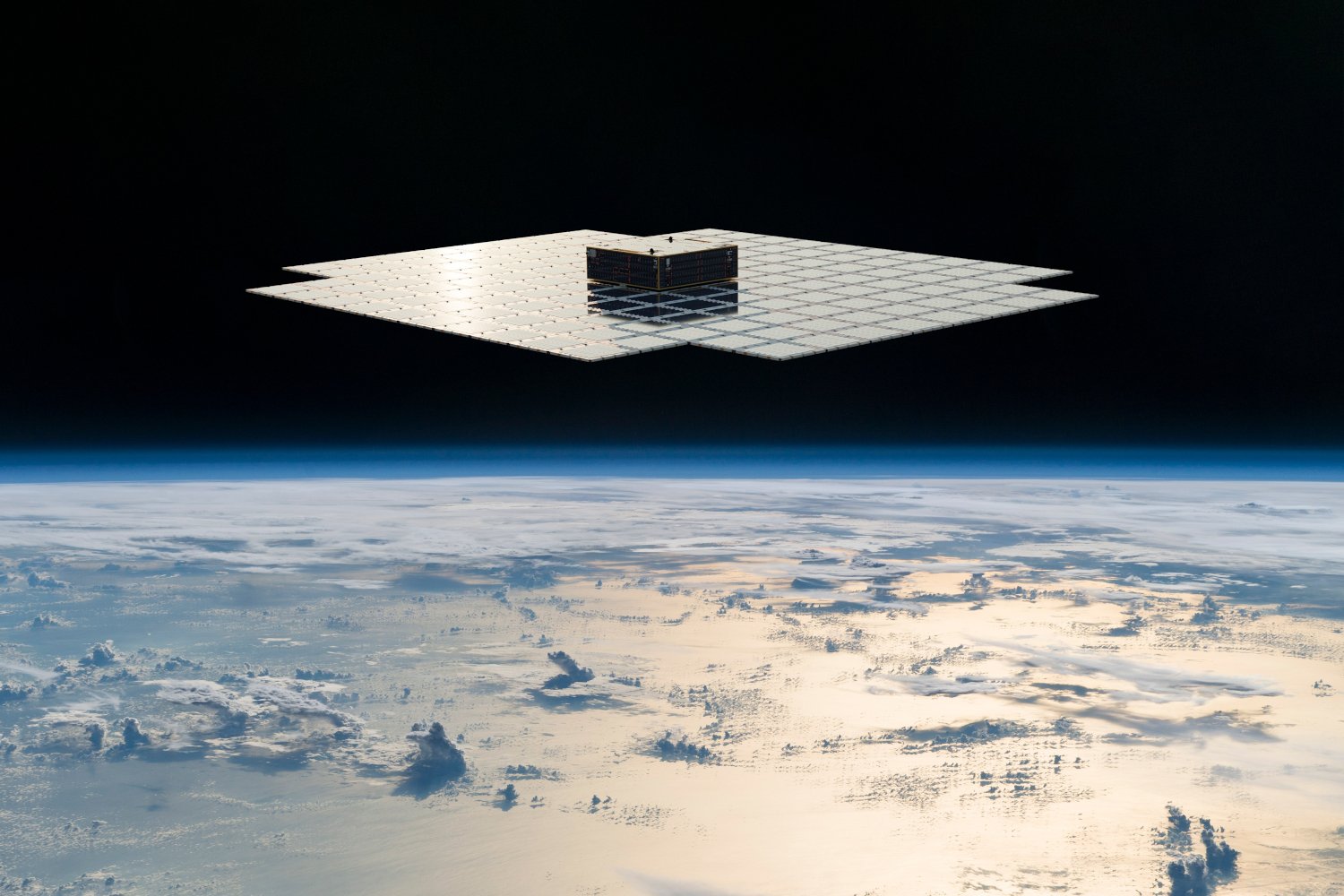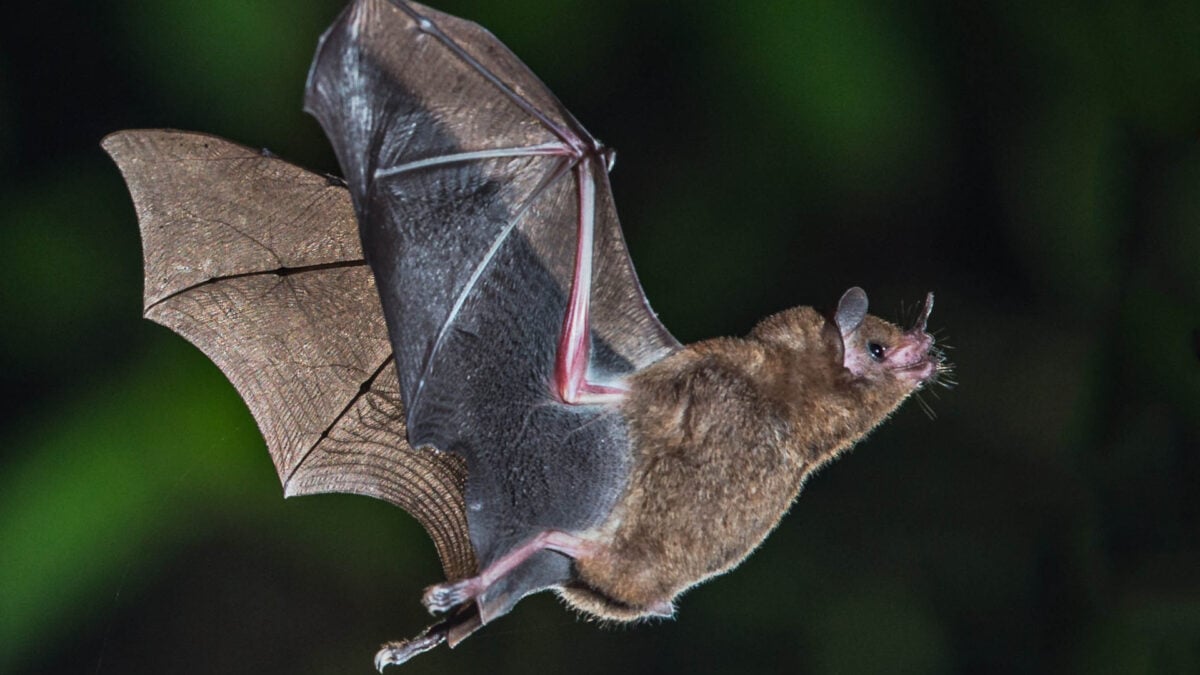Starlink Rival Announces Plans to Take on Musk With a $1.5 Billion Satellite Push

Texas startup AST SpaceMobile announced its plan to launch 45 to 60 satellites by 2026, establishing itself as a worthy competitor to SpaceX’s Starlink constellation in building space-based broadband networks.
The company announced its second-quarter earnings on Monday, revealing that it had $1.5 billion on its balance sheet to fund the deployment of dozens of its satellites, CNBC reported. The next day, AST SpaceMobile’s shares soared by more than 10% with the prospect of the company providing coverage to the United States, as well as Europe, Japan, and other key markets.
AST SpaceMobile launched its first satellite, BlueWalker 3, in September 2022 to test its long-term plan of establishing a space-based cellular broadband network directly accessible by cell phones. A year later, the company used its prototype satellite to carry out the first 5G phone call from space to a regular Samsung Galaxy S22. Since then, AST has launched five other satellites, named BlueBird, and it wants to send 243 more to orbit.
In an effort to ramp up its orbital cell-phone towers, AST is aiming for four additional launches by the end of March 2026. “We have planned orbital launches every one to two months on average during 2025 and 2026,” Abel Avellan, founder and CEO of AST SpaceMobile, said in a statement.
With this substantial increase in pace, AST is chipping away at industry leader SpaceX. Naturally, the two companies are locked in a bickering match over who has the right to litter low Earth orbit with massive constellations. Last month, SpaceX sent a letter to the Federal Communications Commission to raise concern that AST SpaceMobile poses a threat to the sustainability of low Earth orbit.
To be fair, the BlueWalker 3 was obnoxiously big, with a tennis court-sized array that stretched across 693 square feet after the satellite was fully unfurled. SpaceX’s satellites, however, don’t exactly get a good rep. Starlinks are known to interfere with astronomical observations of the cosmos despite some efforts by the company to mitigate the issue.
Things are only going to get worse from here. SpaceX plans to deploy thousands more of its Starlink satellites, while AST’s second-generation BlueBird satellites are three times larger than the first batch. There are other companies hoping to get in on the action as well, such as Amazon’s Project Kuiper, which now has more than 100 satellites in orbit. Starlink may soon lose its monopolizing reign in low Earth orbit as more satellites fill up the skies.









